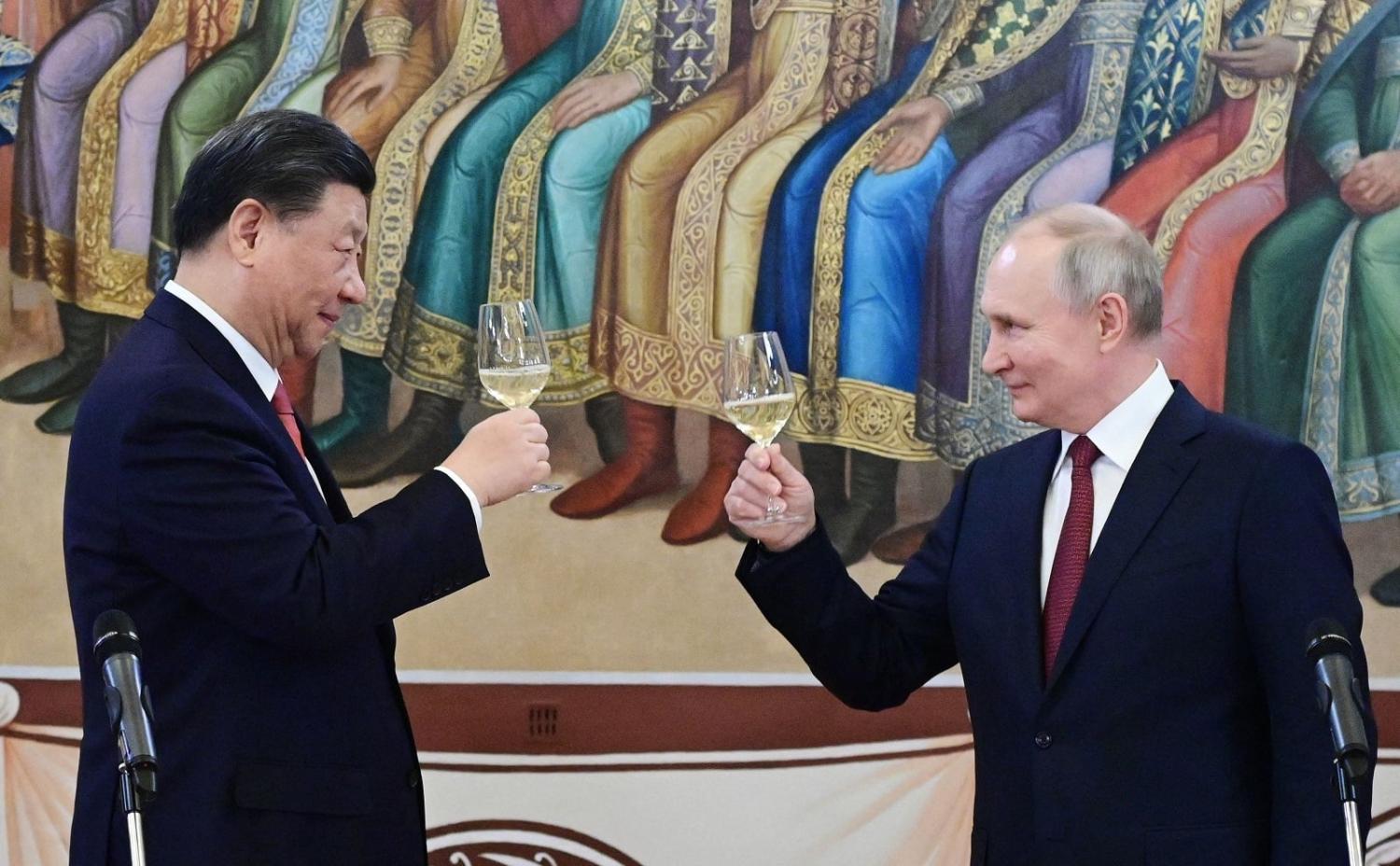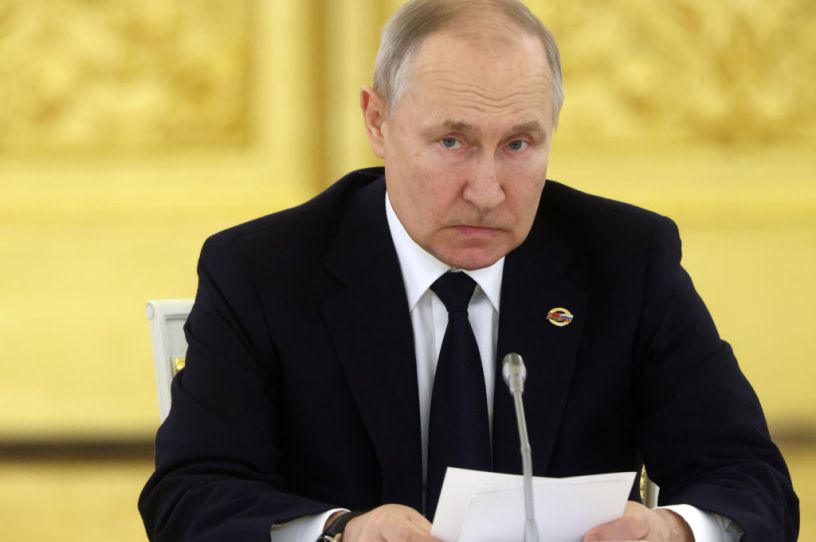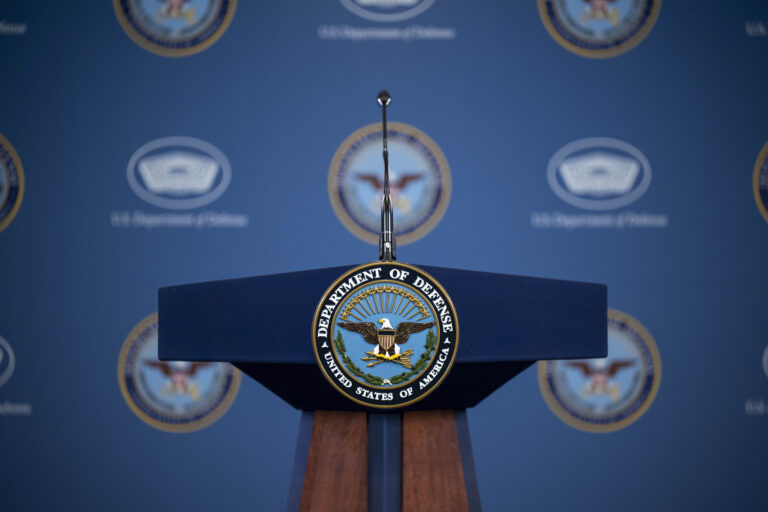P. K. Balachandran
 The Center for New American Security says the US has to defend India for the sake of Indo-Pacific security
The Center for New American Security says the US has to defend India for the sake of Indo-Pacific securityThe US think tank, Center for New American Security (CNAS) in its report published in March, recommends that US policymakers must “closely monitor” the Sino-Indian border conflict and be prepared to respond “quickly” if the conflict escalates.
The authors of the report, Lisa Curtis and Derek Grossman, admit that India does not seek direct US involvement in the India-China border dispute or any crisis that may arise there, but noted that New Delhi is confident that it can count on the US for some forms of support, if requested.
The report entitled: “India-China border tensions and US strategy in India” says that Indian officials believe that China is trying to contain India by forcing it to divert more resources into defending simultaneously both its western border with Pakistan and eastern flank with China. China’s basic aim is to prevent India from challenging its bid to dominate the region.
Developments along the LAC in 2020 had brought clarity to India’s strategic approach to China. India’s views of the China challenge are starting to converge with those of the US, the report says.
To help deter and respond to Chinese aggression along the border with India, the report recommends that the US does the following: –
1. Elevate Indian territorial disputes with China on par with Beijing’s assertiveness against other US allies and partners in the Indo-Pacific.
2. Offer India the sophisticated military technology it requires to defend its borders and initiate co-production and co-development of military equipment.















